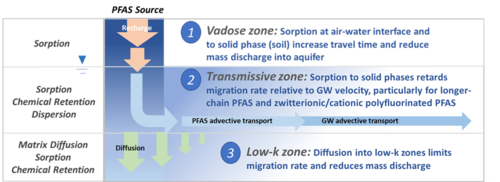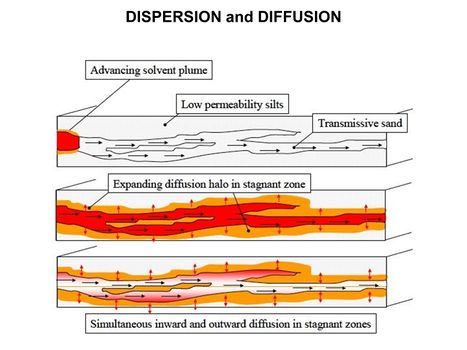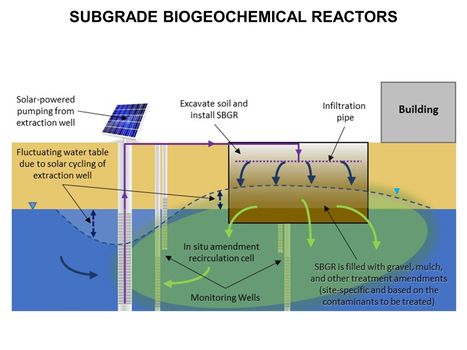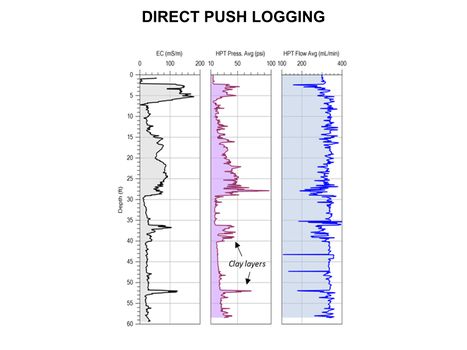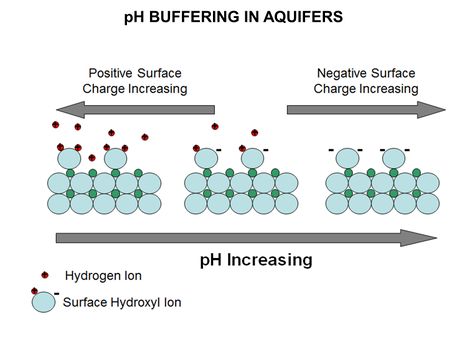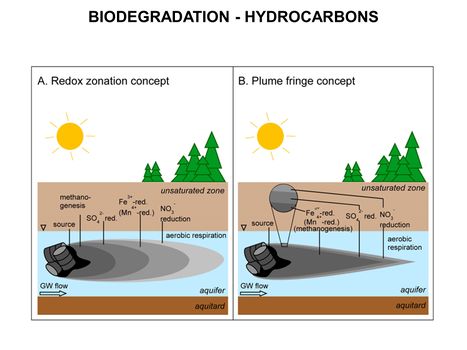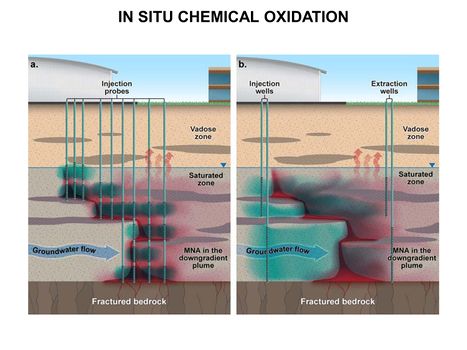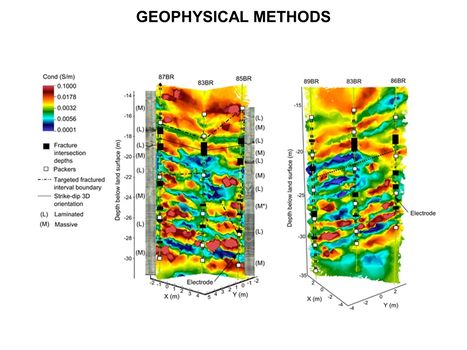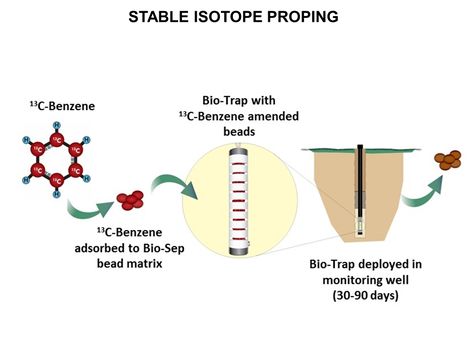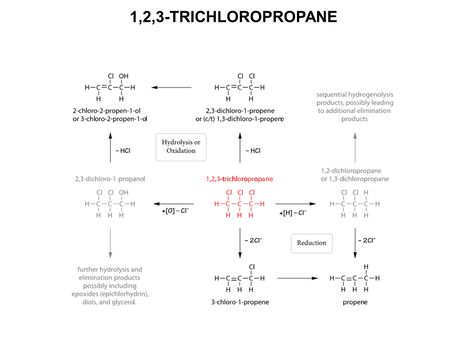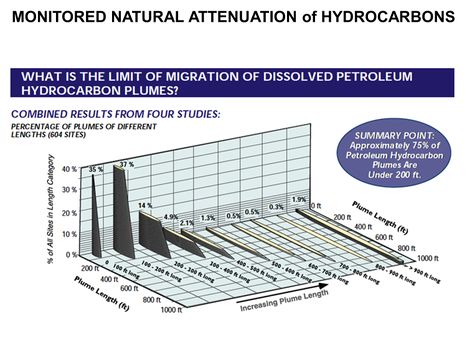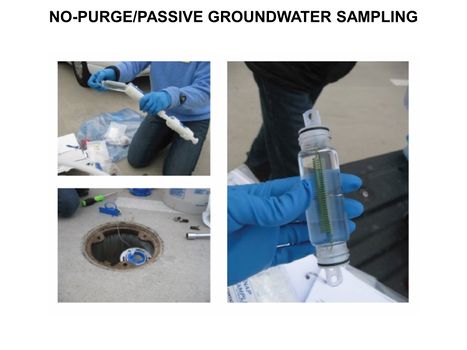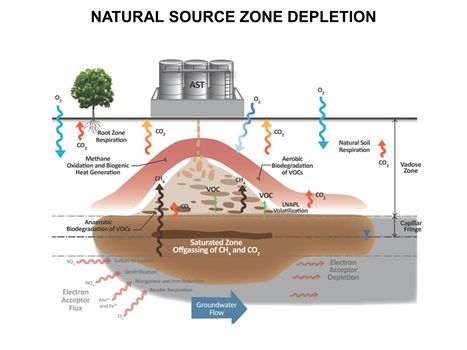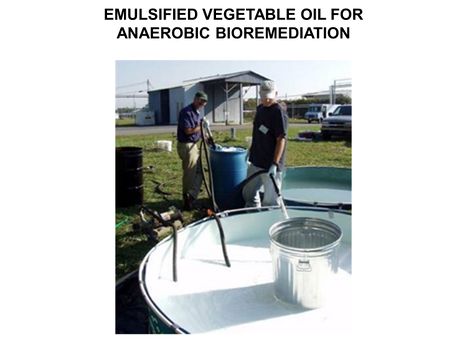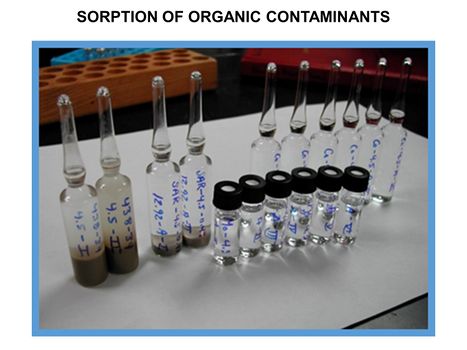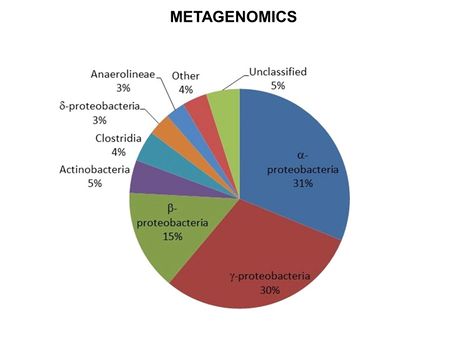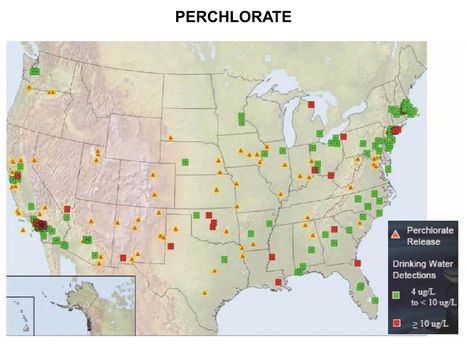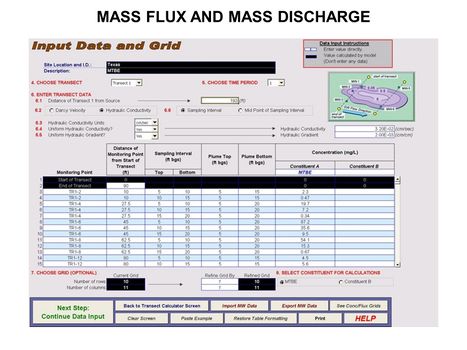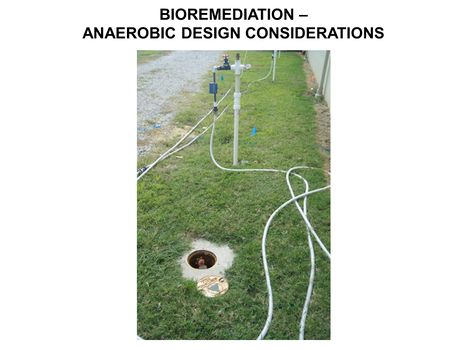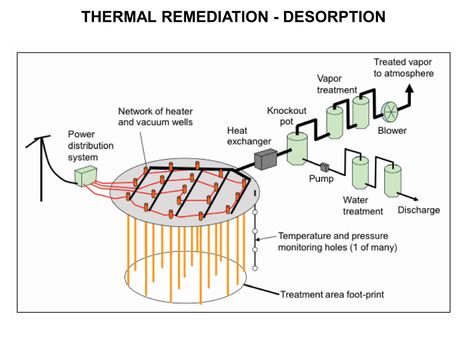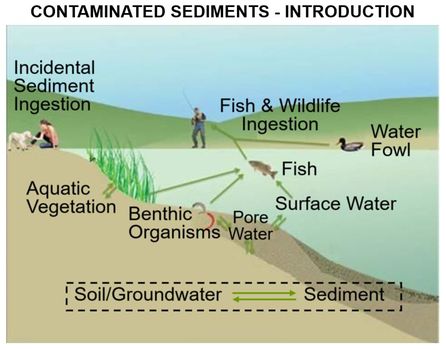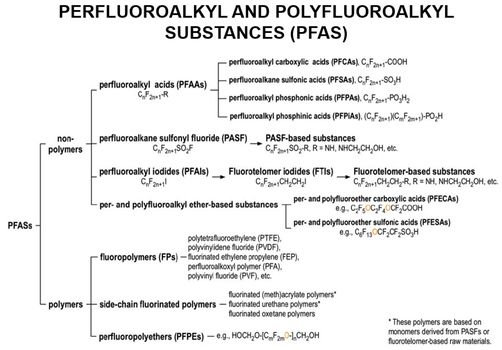Difference between revisions of "Main Page"
(Tag: Visual edit) |
|||
| (43 intermediate revisions by 2 users not shown) | |||
| Line 2: | Line 2: | ||
{| class="MainPageBG" style="margin: auto; width: 95%; border-spacing:0px;" | {| class="MainPageBG" style="margin: auto; width: 95%; border-spacing:0px;" | ||
|- | |- | ||
| − | | style="width: | + | | style="width:55%;" |<center><span style="font-size:175%; line-height: 0.2em; vertical-align:top;"><big><span style="color:#008566">Welcome to '''ENVIRO'''</span> <span style="color:#762a87">'''Wiki'''</span></big></span><br /><br /><br /><span style="font-size:150%; color:#008566; line-height: 0.2em; vertical-align:top;"> Peer Reviewed. Accessible. Written By Experts</span></center> |
| − | | style="width: | + | | style="width:40%;" |<center><span style="font-size:110%; vertical-align:top;"> ''Developed and brought to you by '' <br>[[File:MainLogo-serdp-estcp.png|link=https://www.serdp-estcp.org |frameless|center|350px]]</span>''<span style="font-size:140%; vertical-align:top;">Your Environmental Information Gateway</span>'' |
</center> | </center> | ||
|- | |- | ||
| − | |<span style="line-height: 0.3em;"> The goal of ENVIRO Wiki is to make scientific and engineering research results more accessible to environmental professionals, facilitating the permitting, design and implementation of environmental projects. Articles are written and edited by invited experts (see [[Contributors]]) to summarize current knowledge for the target audience on an array of topics, with cross-linked references to reports and technical literature. </span> | + | |<span style="width:55%; line-height: 0.3em;"> The goal of ENVIRO Wiki is to make scientific and engineering research results more accessible to environmental professionals, facilitating the permitting, design and implementation of environmental projects. Articles are written and edited by invited experts (see [[Contributors]]) to summarize current knowledge for the target audience on an array of topics, with cross-linked references to reports and technical literature. </span> |
|<center><span style="font-size:130%"><br />[[#Table of Contents|See Table of Contents]]</span> | |<center><span style="font-size:130%"><br />[[#Table of Contents|See Table of Contents]]</span> | ||
</center> | </center> | ||
| Line 17: | Line 17: | ||
{| role="presentation" id="mp-upper" style="margin: auto; width: 95%; margin-top:3px; border-spacing: 0px; " | {| role="presentation" id="mp-upper" style="margin: auto; width: 95%; margin-top:3px; border-spacing: 0px; " | ||
<!-- TODAY'S FEATURED ARTICLE --> | <!-- TODAY'S FEATURED ARTICLE --> | ||
| − | | id="mp-left" class="MainPageBG" style="width: | + | | id="mp-left" class="MainPageBG" style="width:55%; padding:0; vertical-align:top; color:#000;" | |
| − | <h2 id="mp-tfa-h2" style="margin:0.5em; background:#cef2e0; font-family:inherit; font-size:120%; font-weight:bold; border:1px solid #a3bfb1; color:#000; padding:0.2em 0.4em;"> Featured article: | + | <h2 id="mp-tfa-h2" style="margin:0.5em; background:#cef2e0; font-family:inherit; font-size:120%; font-weight:bold; border:1px solid #a3bfb1; color:#000; padding:0.2em 0.4em;"> Featured article: PFAS Monitored Retention (PMR) and PFAS Enhanced Retention (PER)</h2> |
| − | <div id="mp-tfa" style="padding:0.0em 1.0em;">[[File: | + | <div id="mp-tfa" style="padding:0.0em 1.0em;">[[File:AdamsonFig2.png|500px|left|link=PFAS Monitored Retention (PMR) and PFAS Enhanced Retention (PER)]]<dailyfeaturedpage></dailyfeaturedpage> |
| − | [[ | + | |
| + | [[PFAS Monitored Retention (PMR) and PFAS Enhanced Retention (PER)|(Full article...)]] </div> | ||
| style="border:1px solid transparent;" | | | style="border:1px solid transparent;" | | ||
| Line 31: | Line 32: | ||
<slideshow sequence="random" transition="fade" refresh="7500"> | <slideshow sequence="random" transition="fade" refresh="7500"> | ||
| − | [[File:WH Picture1.JPG|thumb|center|x350px|link= | + | [[File:WH Picture1.JPG|thumb|center|x350px|link=Matrix Diffusion|Molecular diffusion slowly transports solutes into clay-rich, lower permeability zones]] |
[[File:WH Picture2.JPG|thumb|center|x350px|link=Subgrade Biogeochemical Reactor (SBGR)|Typical subgrade biogeochemical reactor (SBGR) layout. The SBGR is an in situ remediation technology for treatment of contaminated source areas and groundwater plume hot spots<br/>]] | [[File:WH Picture2.JPG|thumb|center|x350px|link=Subgrade Biogeochemical Reactor (SBGR)|Typical subgrade biogeochemical reactor (SBGR) layout. The SBGR is an in situ remediation technology for treatment of contaminated source areas and groundwater plume hot spots<br/>]] | ||
[[File:WH Picture3.JPG|thumb|center|x350px|link=Direct Push Logging|An Hydraulic Profiling Tool (HPT) log with electrical conductivity (EC) on left, injection pressure in middle, and flow rate on the right]] | [[File:WH Picture3.JPG|thumb|center|x350px|link=Direct Push Logging|An Hydraulic Profiling Tool (HPT) log with electrical conductivity (EC) on left, injection pressure in middle, and flow rate on the right]] | ||
| Line 52: | Line 53: | ||
[[File:WH Picture20.JPG|thumb|center|x350px|link=Mass_Flux_and_Mass_Discharge|Data input screen for ESTCP Mass Flux Toolkit]] | [[File:WH Picture20.JPG|thumb|center|x350px|link=Mass_Flux_and_Mass_Discharge|Data input screen for ESTCP Mass Flux Toolkit]] | ||
[[File:WH Picture21.JPG|thumb|center|x350px|link=Bioremediation_-_Anaerobic_Design_Considerations|Amendment addition for biobarrier]] | [[File:WH Picture21.JPG|thumb|center|x350px|link=Bioremediation_-_Anaerobic_Design_Considerations|Amendment addition for biobarrier]] | ||
| − | [[File:WH Picture22.JPG|thumb|center|x350px|link= | + | [[File:WH Picture22.JPG|thumb|center|x350px|link=Thermal Conduction Heating (TCH)|Thermal Remediation - Desorption schematic]] |
[[File:WH_Picture23.jpg|thumb|center|x350px|link=Contaminated_Sediments_-_Introduction |Key exposure pathways for human health risk from contaminated sediments]] | [[File:WH_Picture23.jpg|thumb|center|x350px|link=Contaminated_Sediments_-_Introduction |Key exposure pathways for human health risk from contaminated sediments]] | ||
[[File:WH_Picture24.jpg|thumb|center|x350px|link=Perfluoroalkyl_and_Polyfluoroalkyl_Substances_(PFAS)| The PFAS family of compounds]] | [[File:WH_Picture24.jpg|thumb|center|x350px|link=Perfluoroalkyl_and_Polyfluoroalkyl_Substances_(PFAS)| The PFAS family of compounds]] | ||
| Line 79: | Line 80: | ||
*[[Vapor Intrusion (VI)]] | *[[Vapor Intrusion (VI)]] | ||
**[[Vapor Intrusion - Separation Distances from Petroleum Sources]] | **[[Vapor Intrusion - Separation Distances from Petroleum Sources]] | ||
| − | **[[Vapor Intrusion – Sewers and Utility Tunnels as Preferential Pathways]] | + | **[[Vapor Intrusion – Sewers and Utility Tunnels as Preferential Pathways|Vapor Intrusion - Sewers and Utility Tunnels as Preferential Pathways]] |
| + | **[[Assessing Vapor Intrusion (VI) Impacts in Neighborhoods with Groundwater Contaminated by Chlorinated Volatile Organic Chemicals (CVOCs)|Vapor Intrusion - Assessing VI Impacts in Neighborhoods with Groundwater Contaminated CVOCs]] | ||
<u>'''[[Characterization, Assessment & Monitoring]]'''</u> | <u>'''[[Characterization, Assessment & Monitoring]]'''</u> | ||
| Line 86: | Line 88: | ||
*[[Compound Specific Isotope Analysis (CSIA)|Compound Specific Isotope Analysis (CSIA)]] | *[[Compound Specific Isotope Analysis (CSIA)|Compound Specific Isotope Analysis (CSIA)]] | ||
*[[Direct Push (DP) Technology]] | *[[Direct Push (DP) Technology]] | ||
| − | **[[Direct Push Logging | | + | **[[Direct Push Logging |Direct Push Logging]] |
| − | **[[Direct Push Sampling | | + | **[[Direct Push Sampling |Direct Push Sampling]] |
*[[Geophysical Methods | Geophysical Methods]] | *[[Geophysical Methods | Geophysical Methods]] | ||
| − | **[[Geophysical Methods - Case Studies | Case Studies]] | + | **[[Geophysical Methods - Case Studies |Case Studies]] |
| + | **[[Hydrogeophysical Methods for Characterization and Monitoring of Groundwater-Surface Water Exchanges]] | ||
*[[Groundwater Sampling - No-Purge/Passive]] | *[[Groundwater Sampling - No-Purge/Passive]] | ||
*[[Long-Term Monitoring (LTM)|Long-Term Monitoring (LTM)]] | *[[Long-Term Monitoring (LTM)|Long-Term Monitoring (LTM)]] | ||
| − | **[[Long-Term Monitoring (LTM) - Data Analysis | LTM Data Analysis]] | + | **[[Long-Term Monitoring (LTM) - Data Analysis |LTM Data Analysis]] |
| − | **[[Long-Term Monitoring (LTM) - Data Variability | LTM Data Variability]] | + | **[[Long-Term Monitoring (LTM) - Data Variability |LTM Data Variability]] |
| − | *[[Molecular Biological Tools - MBTs | Molecular Biological Tools (MBTs)]] | + | *[[Molecular Biological Tools - MBTs |Molecular Biological Tools (MBTs)]] |
**[[Metagenomics]] | **[[Metagenomics]] | ||
**[[Proteomics and Proteogenomics]] | **[[Proteomics and Proteogenomics]] | ||
**[[Quantitative Polymerase Chain Reaction (qPCR)]] | **[[Quantitative Polymerase Chain Reaction (qPCR)]] | ||
**[[Stable Isotope Probing (SIP)]] | **[[Stable Isotope Probing (SIP)]] | ||
| − | *[[Natural Attenuation in Source Zone and Groundwater Plume - Bemidji Crude Oil Spill | Natural Attenuation in Source Zone and Groundwater Plume -<br /> Bemidji Crude Oil Spill]] | + | *[[Natural Attenuation in Source Zone and Groundwater Plume - Bemidji Crude Oil Spill |Natural Attenuation in Source Zone and Groundwater Plume -<br />Bemidji Crude Oil Spill]] |
| + | *[[OPTically-based In-situ Characterization System (OPTICS)]] | ||
<u>'''[[Climate Change Primer | Climate Change]]'''</u> | <u>'''[[Climate Change Primer | Climate Change]]'''</u> | ||
| + | *[[Climate Change Effects on Wildlife]] | ||
*[[Downscaled High Resolution Datasets for Climate Change Projections]] | *[[Downscaled High Resolution Datasets for Climate Change Projections]] | ||
*[[Infrastructure Resilience]] | *[[Infrastructure Resilience]] | ||
*[[Predicting Species Responses to Climate Change with Population Models]] | *[[Predicting Species Responses to Climate Change with Population Models]] | ||
| + | *[[Restoration of Ecological Function in Terrestrial Systems Impacted by Invasive Species]] | ||
<u>'''[[Coastal and Estuarine Ecology]]'''</u> | <u>'''[[Coastal and Estuarine Ecology]]'''</u> | ||
| Line 119: | Line 125: | ||
*[[Passive Sampling of Sediments]] | *[[Passive Sampling of Sediments]] | ||
*[[Sediment Capping]] | *[[Sediment Capping]] | ||
| + | *[[Sediment Porewater Dialysis Passive Samplers for Inorganics (Peepers)]] | ||
<u>'''[[Light Non-Aqueous Phase Liquids (LNAPLs)]]'''</u> | <u>'''[[Light Non-Aqueous Phase Liquids (LNAPLs)]]'''</u> | ||
| Line 128: | Line 135: | ||
<u>'''[[Munitions Constituents]]'''</u> | <u>'''[[Munitions Constituents]]'''</u> | ||
| − | *[[Munitions Constituents - Alkaline Degradation| Alkaline Degradation]] | + | *[[Munitions Constituents - Abiotic Reduction|Abiotic Reduction]] |
| − | *[[Munitions Constituents - Composting| Composting]] | + | *[[Munitions Constituents - Alkaline Degradation|Alkaline Degradation]] |
| − | *[[Munitions Constituents - Deposition | Deposition]] | + | *[[Munitions Constituents - Composting|Composting]] |
| − | *[[Munitions Constituents - Dissolution | Dissolution]] | + | *[[Munitions Constituents - Deposition |Deposition]] |
| − | *[[ | + | *[[Munitions Constituents - Dissolution |Dissolution]] |
| + | *[[Munitions Constituents - Electrochemical Treatment|Electrochemical Treatment]] | ||
*[[Metal(loid)s - Small Arms Ranges]] | *[[Metal(loid)s - Small Arms Ranges]] | ||
| − | *[[Munitions Constituents – Photolysis | Photolysis]] | + | *[[Passive Sampling of Munitions Constituents|Passive Sampling]] |
| − | *[[Munitions Constituents - Soil Sampling | Soil Sampling]] | + | *[[Munitions Constituents – Photolysis |Photolysis]] |
| − | *[[Munitions Constituents - Sorption | Sorption]] | + | *[[Munitions Constituents – Sample Extraction and Analytical Techniques|Sample Extraction and Analytical Techniques]] |
| − | *[[Munitions Constituents - IM Toxicology | Toxicology]] | + | *[[Munitions Constituents - Soil Sampling |Soil Sampling]] |
| + | *[[Munitions Constituents - Sorption |Sorption]] | ||
| + | *[[Munitions Constituents - IM Toxicology |Toxicology]] | ||
*[[Munitions Constituents- TREECS™ Fate and Risk Modeling|TREECS™]] | *[[Munitions Constituents- TREECS™ Fate and Risk Modeling|TREECS™]] | ||
| Line 143: | Line 153: | ||
*[[Monitored Natural Attenuation (MNA) of Chlorinated Solvents| MNA of Chlorinated Solvents]] | *[[Monitored Natural Attenuation (MNA) of Chlorinated Solvents| MNA of Chlorinated Solvents]] | ||
| + | *[[Monitored Natural Attenuation (MNA) of Fuels| MNA of Fuels]] | ||
*[[Monitored Natural Attenuation (MNA) of Metal and Metalloids| MNA of Metals and Metalloids]] | *[[Monitored Natural Attenuation (MNA) of Metal and Metalloids| MNA of Metals and Metalloids]] | ||
| − | |||
*[[Natural Source Zone Depletion (NSZD)]] | *[[Natural Source Zone Depletion (NSZD)]] | ||
*[[Monitored Natural Attenuation - Transitioning from Active Remedies| Transitioning from Active Remedies]] | *[[Monitored Natural Attenuation - Transitioning from Active Remedies| Transitioning from Active Remedies]] | ||
| Line 151: | Line 161: | ||
*[[PFAS Ex Situ Water Treatment]] | *[[PFAS Ex Situ Water Treatment]] | ||
| + | **[[PFAS Treatment by Anion Exchange]] | ||
| + | *[[PFAS Monitored Retention (PMR) and PFAS Enhanced Retention (PER)]] | ||
*[[PFAS Soil Remediation Technologies]] | *[[PFAS Soil Remediation Technologies]] | ||
*[[PFAS Sources]] | *[[PFAS Sources]] | ||
*[[PFAS Transport and Fate]] | *[[PFAS Transport and Fate]] | ||
*[[PFAS Treatment by Electrical Discharge Plasma]] | *[[PFAS Treatment by Electrical Discharge Plasma]] | ||
| + | *[[Photoactivated Reductive Defluorination - PFAS Destruction | Photoactivated Reductive Defluorination]] | ||
| + | *[[Transition of Aqueous Film Forming Foam (AFFF) Fire Suppression Infrastructure Impacted by Per and Polyfluoroalkyl Substances (PFAS)]] | ||
<u>'''[[Regulatory Issues and Site Management]]'''</u> | <u>'''[[Regulatory Issues and Site Management]]'''</u> | ||
| Line 198: | Line 212: | ||
<u>'''[[Soil & Groundwater Contaminants]]'''</u> | <u>'''[[Soil & Groundwater Contaminants]]'''</u> | ||
| + | *[[1,2,3-Trichloropropane]] | ||
*[[1,4-Dioxane]] | *[[1,4-Dioxane]] | ||
*[[Chlorinated Solvents]] | *[[Chlorinated Solvents]] | ||
| Line 205: | Line 220: | ||
*[[Petroleum Hydrocarbons (PHCs)]] | *[[Petroleum Hydrocarbons (PHCs)]] | ||
*[[Polycyclic Aromatic Hydrocarbons (PAHs)]] | *[[Polycyclic Aromatic Hydrocarbons (PAHs)]] | ||
| − | |||
|} | |} | ||
|} | |} | ||
|} | |} | ||
Latest revision as of 16:15, 4 March 2025
Peer Reviewed. Accessible. Written By Experts |
Your Environmental Information Gateway |
| The goal of ENVIRO Wiki is to make scientific and engineering research results more accessible to environmental professionals, facilitating the permitting, design and implementation of environmental projects. Articles are written and edited by invited experts (see Contributors) to summarize current knowledge for the target audience on an array of topics, with cross-linked references to reports and technical literature. | See Table of Contents |
Featured article: PFAS Monitored Retention (PMR) and PFAS Enhanced Retention (PER)Groundwater sites contaminated with PFAS are difficult to investigate and remediate due to strict cleanup goals, lack of natural degradation mechanisms for some PFAS, and the high mobility and persistence of several PFAS. As a result, understanding and potentially relying on processes that reduce PFAS migration rates and mass discharge rates is of considerable interest to site managers. This includes a variety of chemical and geochemical retention processes that have been incorporated into the PFAS Monitored Retention (PMR) approach. PMR is a similar concept to monitored natural attenuation (MNA), and the term has recently been adopted in place of MNA to avoid potential confusion with destructive and/or permanent attenuation processes that are part of the MNA strategies for other constituents of concern (COCs). However, many of the processes remain the same, and they are expected to reduce PFAS concentrations and mass discharge during transport from source areas. A key concept of PMR is that retention processes can provide a credible scientific basis for attenuation of PFAS concentrations or mass discharge over time (or distance) that reduce the mobility and risk associated with PFAS in the subsurface. PMR may have applicability as a sole remedy at low-risk sites, but it could also help control low levels of remaining contamination after active treatment. It may also serve as a temporary remedy at sites with no proximate receptors, giving time for the development of more cost-effective technologies. Finally, it can be part of a treatment train at more complex sites where risk-based approaches are acceptable.
(Full article...)
|
Enviro Wiki Highlights |

